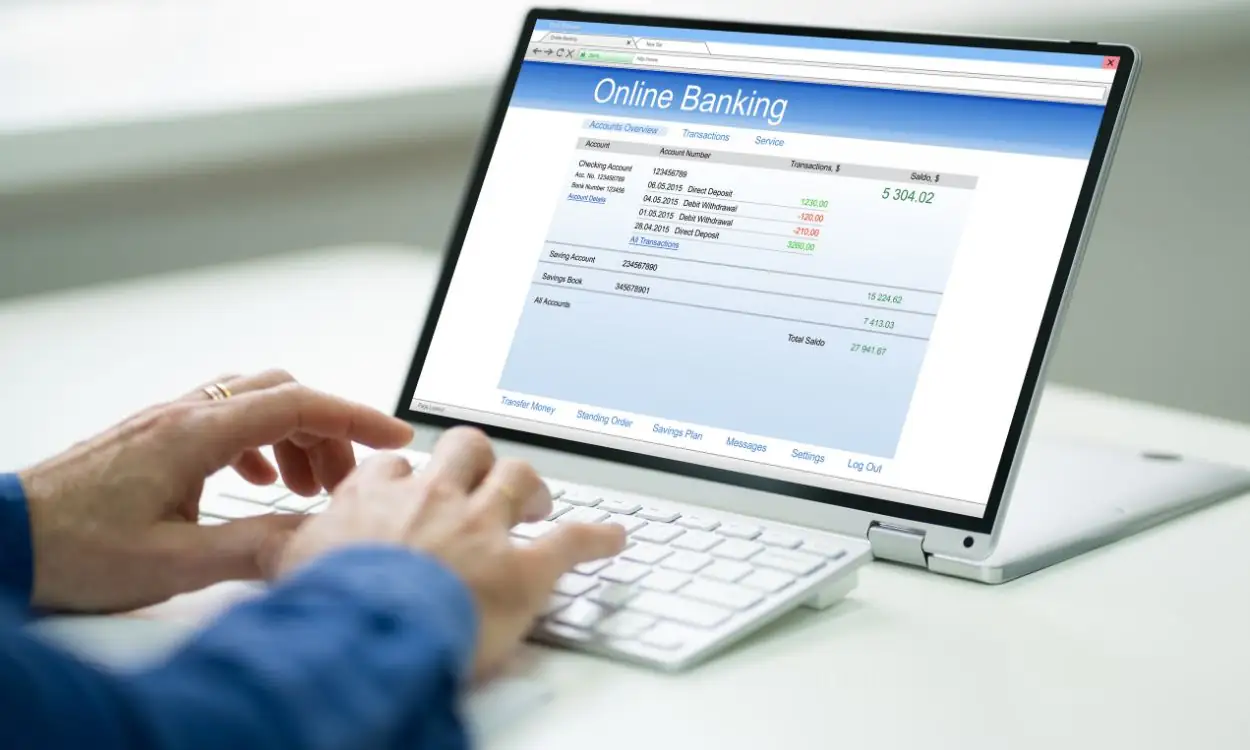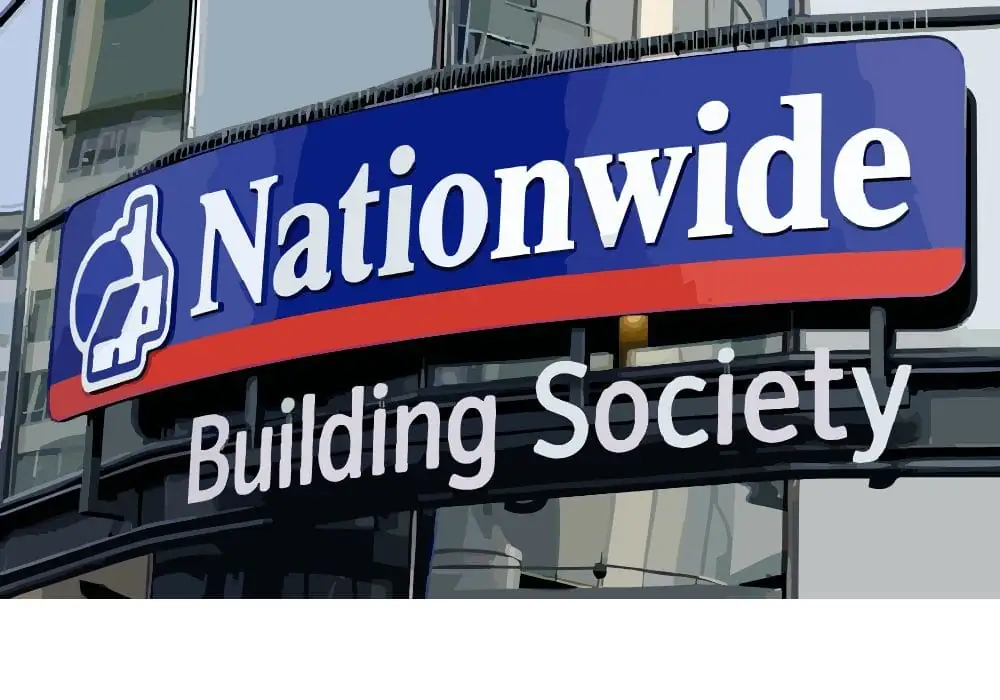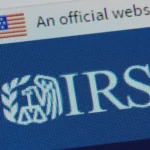Just think, you’re scrolling through your bank statement, sipping your morning coffee, and you spot something odd—APA TREAS 310 MISC PAY.
Sounds like a secret code, right? Don’t worry, we’ve got your back! Let’s break it down in a friendly, easy-to-grasp way so you can figure out what this mysterious deposit is all about and why it’s chilling in your account.
So, What Is APA TREAS 310 MISC PAY?
In simple words, APA TREAS 310 MISC PAY is a label for a payment from the U.S. Department of the Treasury, the people handling the government’s money.
Think of it as Uncle Sam sending you some cash, but with a cryptic name that doesn’t spill the beans right away. Here’s the breakdown:
- “TREAS” = Treasury, as in the U.S. Department of the Treasury.
- “310” = A code that means the payment was sent via direct deposit (fancy, fast, and paper-free!).
- “MISC PAY” = Short for “miscellaneous payment,” which is a catch-all for money that doesn’t fit neatly into other categories.
- “APA” = A bit of a mystery, but it often ties to specific federal programs or processing codes. Don’t sweat it too much—it’s just part of the Treasury’s lingo.
This deposit could be anything from a tax refund to a government benefit. Let’s dive into the most common reasons you might see this pop up, so you can say, “Aha, that’s what it is!”
Why Did This Show Up in Your Account?
Seeing APA TREAS 310 MISC PAY can feel like finding a surprise gift, but you’re probably wondering, “Where did this come from?” Here are the top culprits behind this code, so you can connect the dots:
- Tax Refund Time!
Filed your taxes and expecting some cash back? This is often the IRS sending you a federal tax refund because you overpaid through your paycheck or estimated taxes. If you filed your 2024 return and claimed some sweet deductions or credits, this could be your refund landing in your account. Cha-ching! - Government Benefits
Are you receiving Social Security, Supplemental Security Income (SSI), or veterans’ benefits? These payments often show up as APA TREAS 310 MISC PAY. They usually arrive on a set schedule, like specific Wednesdays for Social Security. If you’re enrolled in one of these programs, this might be your regular deposit. - Stimulus Checks (Economic Impact Payments)
Remember those stimulus payments from the COVID-19 days? Those Economic Impact Payments (like the third round, sometimes labeled “TAXEIP3”) often appeared with this code. If you got unexpected relief money from the government, this could be it. - Treasury Securities Payouts
Got some U.S. Treasury bills or Series HH savings bonds? When they mature or pay interest, the funds might show up as APA TREAS 310 MISC PAY. For example, Series HH bonds pay interest twice a year via direct deposit, and this code might tag along. - Student Loan Refunds
If you’ve overpaid on federal student loans or qualified for loan forgiveness (like under recent programs), you might see a refund with this label. These can take a couple of months to hit your account, so if you got a notice about loan forgiveness, this could be your money coming back. - Other Federal Goodies
Less commonly, this code could be tied to things like unemployment benefits, federal employee payments, or even agricultural subsidies if you’re a farmer in a government program. It’s like a grab bag of federal funds!
How Do You Figure Out What It Is?
Alright, so you’ve got this deposit, but it’s not shouting, “I’m your tax refund!” How do you crack the case? Here’s what we suggest to get to the bottom of it:
- Peek at the Details: Check your bank statement for extra clues. Sometimes there’s a little hint like “TAX REF” for a tax refund or “CHILDCTC” for a Child Tax Credit. The amount and date can also jog your memory—say, if it matches your usual Social Security payment day.
- Dig Through Your Mail: Got any letters from the IRS, Social Security, or another agency? Those notices (like Form 1099-G for unemployment or SSA-1099 for Social Security) can confirm what the payment is for. Match the deposit amount or date to those papers.
- Check TreasuryDirect.gov: If you think it’s from Treasury securities, hop onto your TreasuryDirect.gov account. Your transaction history there will show if it’s a bond payout or interest.
- Ring Up Your Bank: Your bank might have more info, like a reference number or the agency that sent the funds. They’re like your financial detectives, ready to help.
- Hit Up the IRS: Log into irs.gov to track your refund or call them at 1-800-829-1040 if it’s tax-related. They’re the pros at sorting out tax refund mysteries.
- Verify with the Treasury: Still stumped? Head to treasury.gov and use your Social Security number or taxpayer ID to check the payment. This is a must if you’re worried it might not be legit.
Does This Money Affect Your Taxes?
You’re probably thinking, “Sweet, free money! But do I owe taxes on it?” Good question! Here’s the scoop:
- Tax Refunds & Stimulus Payments: Good news—these are usually not taxable. A tax refund is just your own money coming back, and stimulus checks were designed as non-taxable relief.
- Government Benefits: Some benefits, like unemployment payments, are taxable, and you’ll get a Form 1099-G to report them. Social Security benefits might be taxable too, depending on your income.
- Treasury Interest: If it’s interest from Treasury securities, like Series HH bonds, it’s taxable. You’ll get a Form 1099-INT, so don’t forget to include it when you file your taxes.
Our tip? Keep all those bank statements and government forms handy. Stash them in a folder (digital or physical) or use cloud storage to stay organized.
It’ll save you a headache come tax season or if the IRS comes knocking for an audit.
Watch Out for Scams
Most of the time, APA TREAS 310 MISC PAY is legit, but scammers are sneaky and might try to fake government payments. Here’s how to stay safe:
- Double-Check Surprises: If you weren’t expecting this deposit, hold off on spending it until you confirm it’s real. Call your bank or the Treasury to make sure it’s not a trick.
- Spot the Red Flags: The IRS or Treasury won’t call, text, or email out of the blue asking for your bank info or demanding payment via gift cards or wire transfers. If that happens, it’s a scam.
- Stick to Official Sites: Use irs.gov or treasury.gov to verify payments. Never share your Social Security number or bank details with sketchy sources.
If something smells fishy, report it to the Treasury’s Office of Inspector General or ftc.gov. Better safe than sorry!
What Should You Do with the Money?
So, you’ve figured out what APA TREAS 310 MISC PAY is—now what? Here are some ideas to make that cash work for you:
- Save or Invest: Pop it into your emergency fund, pay off some pesky debt, or toss it into a retirement account for future-you to thank you.
- Track It: Log the deposit in your budgeting app or a spreadsheet. If you’re a small business owner, tools like QuickBooks can match it to your tax records.
- Plan for Taxes: If it’s taxable (like unemployment or bond interest), set aside some of it for your tax bill. A quick chat with a tax pro can clear up any confusion.
- Reinvest Treasury Funds: If it’s from a Treasury bill or bond, consider reinvesting through TreasuryDirect.gov to keep the interest rolling in.
Why Keeping Records Is a Big Deal
Tracking these deposits isn’t just busywork—it’s a lifesaver for:
- Tax Time: Forms like 1099-G or 1099-INT are your BFFs for filing accurately.
- Audits: If the IRS wants to chat, organized records make it a breeze.
- Budgeting: Knowing what’s coming in helps you plan like a pro.
We suggest setting up a dedicated folder (or a cloud backup) for all your government-related financial docs. It’s like giving your future self a high-five.
Wrapping It Up
Finding APA TREAS 310 MISC PAY on your bank statement doesn’t have to be a head-scratcher. Whether it’s a tax refund, Social Security, or a bond payout, you now know the likely culprits and how to track down the details.
By checking your statement, reviewing notices, and using official sites like irs.gov or treasury.gov, you’ll have answers in no time. Plus, you’re now armed with tips to stay scam-free and make smart moves with your money.




